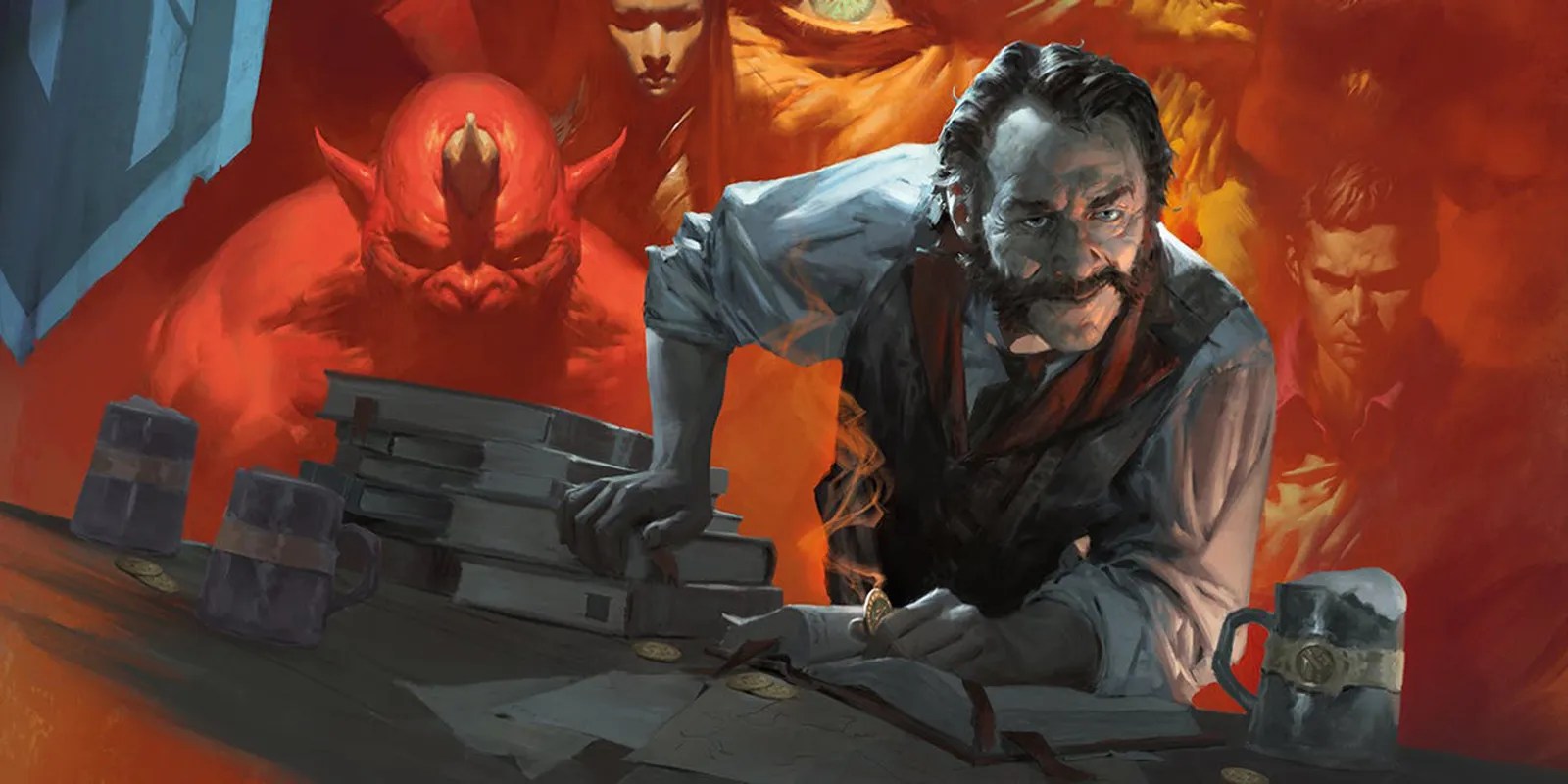When Gary Gygax created the firstDungeons & Dragonsrulebook, there were only three simple classes: the fighting-man, the magic-user, and the cleric. Things have changed a lot since then. In the current 5e expansion,there are no less than 14 classes, and that doesn’t include the potential considering subclasses and multi-classes. Subclasses can be official or homebrewed, but multiclassing is a part of mainstreamD&Dand there’s a specific path to follow when it comes to a multi-classed character.
RELATED:Dungeons & Dragons: Every Casting Class, Ranked
The process of multiclassing a character might seem complex, but it really isn’t difficult. It can also be an interesting angle for a character’s backstory, alignment choice, and role-play potential. It also gives players more creative freedom when it comes to skills, stats, and special abilities. For those that want to take the step, here’s a guide to creating a multiclass character.
Be advised that this is not the same as dual-classing a character, which is an option only open to the Human race and involves the progression of only one class, not both.

What is a Multiclass Character?
First comes the basics. What exactly is a multiclass character, and what are the advantages of creating one? The potential for creativity here is high, and the combination of any two classes can take on a myriad of different forms. Still, multi-class characters usually share a few common traits.
RELATED:Dungeons & Dragons: Every Alignment, Explained
It sounds like a great way to playD&D, but there are some disadvantages for multiclass characters that players should keep in mind as well:
Rules For Multiclass Characters
Depending on the type of player and what kind of character they hope to build, perhaps the above disadvantages are simply extra challenges. After all, there’sa lot of freedom for the player to build here. Still, there are a few restrictions that multi-classed characters have to follow.
How & When To Multiclass
It’s a given that the player will multi-class their character either immediately upon creation, or after two or three levels in the first class of their choice. The logic behind it is so the two levels will generally rise at the same time. However, this isn’t a hard and fast rule. Depending on backstory, role-playing options, filling gaps in the character’s abilities, and the module being used by the Dungeon Master, a player is free to multiclass at any time.
RELATED:Dungeons and Dragons: The Difference Between a Paladin and a Cleric

Here comes the technical part. Once the character is at the level that the player has deemed ready for a multiclass, there’s a process that the character has to follow.
Ideal Classes To Multiclass
Some classes are natural choices when it comes to multi-classing. They have handy abilities that blend nicely with the skills and proficiencies of other classes, so much so that they might have actually been created with the process in mind.
Some Examples of Popular Multiclasses
It’s true there are a lot of details to take care of when it comes to multiclassing a character. However, it’s been done before, so there are templates to follow that can make the process easier for novice players who aren’t sure where to get started. Some of the existing multiclass options combine so well that they could pass for single-class characters.


